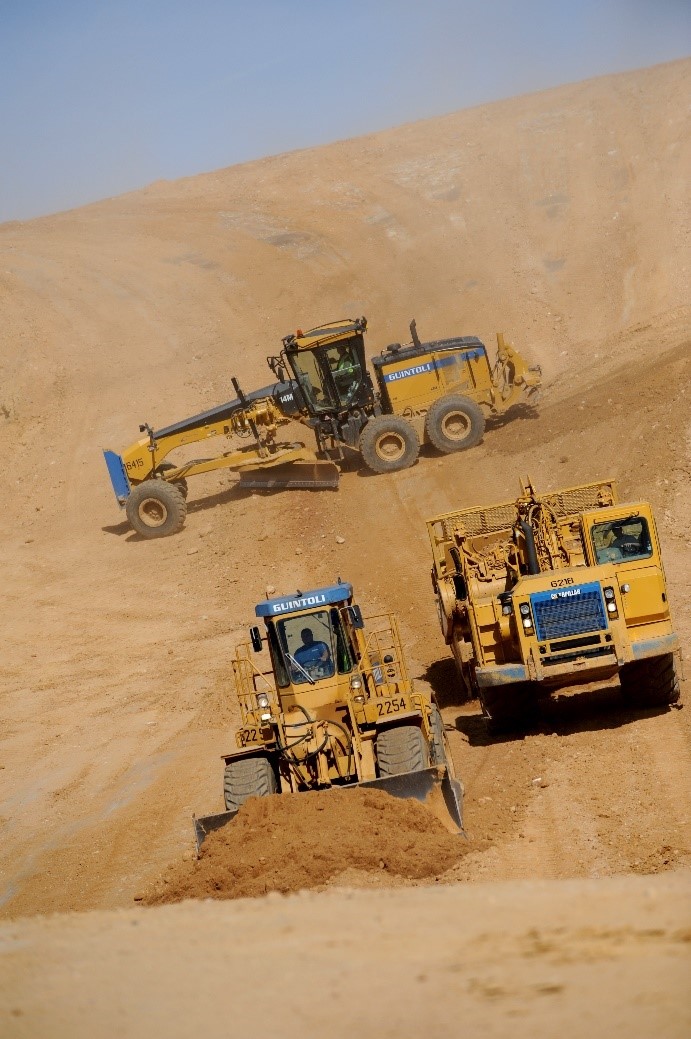

After the first section of the East European High-Speed Rail (HSR) between Paris and Metz went into service in 2007, Réseau Ferré de France launched the construction of the second phase between Metz and Strasbourg, scheduled to be completed in March 2016. The route was divided into sections, each built by a different civil engineering contractor.

© Gilles Auriel - 2006
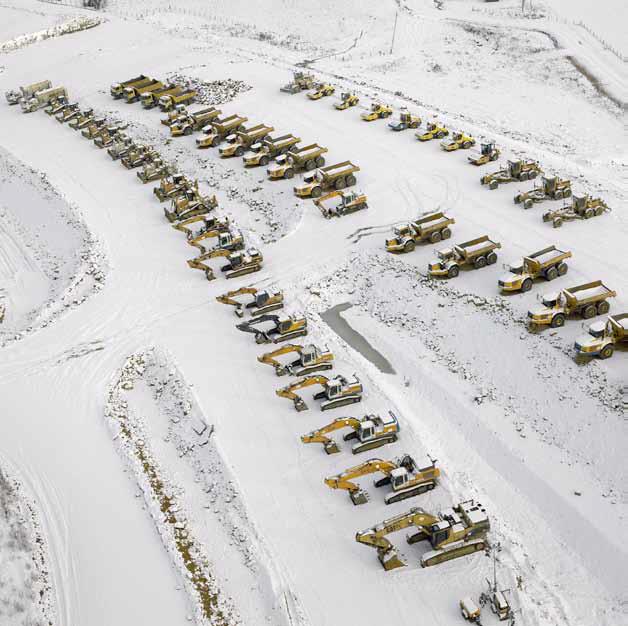
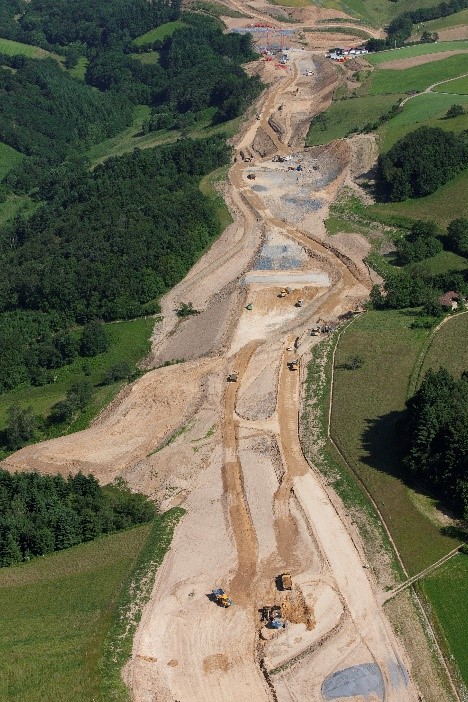
Preparing the terrain for the french high-speed train
The first stage in building a HST line consists in modelling the natural terrain and creating a stable platform for the tracks. To enable trains to travel at high speed, gradients cannot exceed 3.5%, and the embankments and track bed have to be stable to ensure the long-term security of traffic on the line.
Machines for modelling the terrain
The line’s platform was created by moving material excavated from cuttings to another location and compacting it to create embankments. Each of these tasks is carried out by specialised vehicles, some of which operate together in groups.
Studies of the terrain enabled to optimise earth moving, in order to reuse a maximum of excavated material to reduce costs and environmental consequences.
Stripping
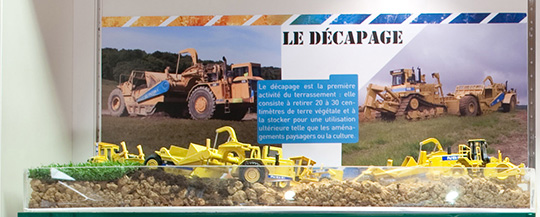
Stripping is the first activity of earthworks: it consists of removing 20 to 30 centimeters of top soil and storing it for later use such as landscaping or cultivation
The excavation
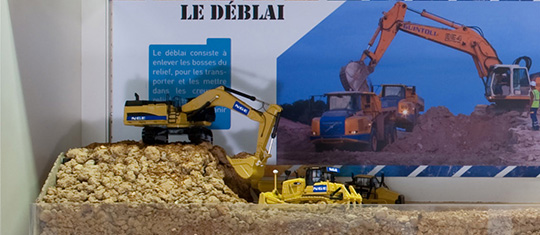
The excavation consists in removing the bumps from the relief, for transporting them and placing them in the hollows of the relief; these operations make it possible to smooth the ground
The embankment
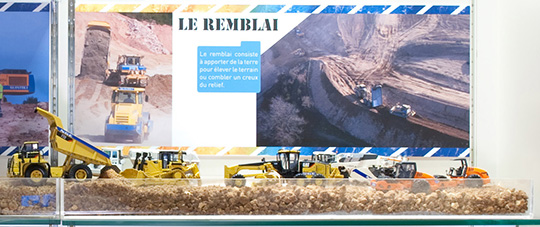
The embankment consists of bringing soil to raise the ground or fill a hollow relief
Adjustment
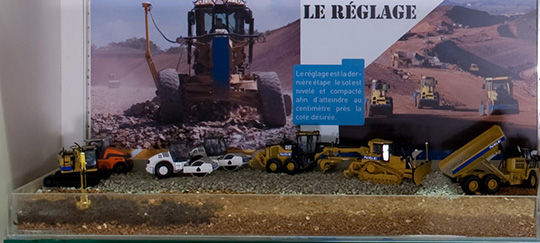
Adjustment is the last step: the soil is leveled and compacted to reach the desired coast to the nearest centimeter
The form layer
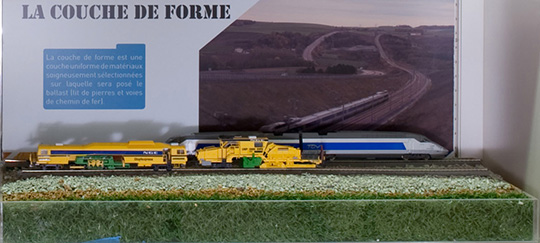
The form layer is a uniform layer of carefully selected materials on which the ballast will be placed (bed of stones and railroad tracks)
A few figures
Creation of a metre-deep cutting over a distance of kilometres.
Consolidation of kilometres of embankment on soft soil in a flood-risk area.
11 million cubic metres moved during 30 months of work.
Preserving the ecosystem
To preserve biodiversity and minimize the impact of the line’s construction on the ecosystem, animals had to be allowed to circulate freely. 45 passageways for small animals, 6 passageways for large animals and two cattle bridges were built along the 44-kilometre section of line. Specific measures were taken for batrachians, a particularly vulnerable species: overhead crossings were built and new ponds were created to replace those affected by the line’s construction.
